SEARCH






|
|
|
|


Interview / tutorial by Editor Michel Romaggi in collaboration with the author Santiago Pascual Buye
Edited and published by Yvette Depaepe, the 6th of December 2021
'The white horse'
Among a lot of nice animal portraits in Santiago’s portfolio, I noticed this stunning picture of a white horse surrounded by many dark horses.
This photo is part of a series dedicated to a traditional Spanish event called 'Rapa das Bestas'.
Santiago kindly told me more about this amazing photo.
In which circumstances did you take this splendid photo? Where and when ... and what is this herd?
“Rapa das Bestas” is a Spanish ritual from the region of Galicia which consists on cutting wild horses’ manes and tales. Since the Medieval period, locals let their animals roam wild in the forest for most of the year. In the summertime, they are always tracked down and corralled for a few days during the ritual. They are fenced in a trench where trained ranchers called “aloitadores” cut their hair, disinfect them and occasionally, vaccinate them. This ranchers need to wrestle these sturdy animals in order to mount them and tame the most aggressive ones. New foals are also branded before being returned to the hills.
'The chose' (Rapa das Bestas)
'Tension' (Rapa das Bestas)
'The Jump' (Rapa das Bestas)
My picture was taken in these conditions, during this frenetic ritual. I was on a backseat and, since I used a telephoto lens to isolate the animals, I was continuously moving my camera following the subjects in the trench and avoiding featuring the audience. Finding this white horse in a corner of the trench surrounded by other darker horses meant a lot for me, as it was presented as a glowing figure coming out of the darkness, a powerful image with a lot of background meaning.
What equipment and settings did you use for it?
I used my usual equipment, a Nikon D4 with a 70-200 f/2.8 lens and a X2 teleconverter. I took the picture with the following settings: 330mm focal length, a shutter speed of 1/320 and a f/5.6 aperture at ISO 1250
Your last pictures in your portfolio are about horses. Most of your pictures are portraits of animals, out of their environment. Why this choice? What attracts you to this kind of picture?
My previous portraits were taken at zoos. They belong to a series that tries to honour these animals that are held captive so that their species can endure, not portraying these facilities as mere theme parks. This is why I de-contextualize the subjects, obscure their background and present them as if they had been photographed in a studio.
'pony shetland portrait'
'Pelican portrait'
'Iguana portrait'
'Relationship problems'
However, this last series portraying this “Rapa” fiesta has a different meaning, a more documentary purpose. I try to present a rough image of what this ancestral ritual looks like, avoiding the “make-up” as much as possible and presenting the horses as the main protagonists.
To end this short interview, could you tell us about your life and the place photography has in it, Santiago?
I am a Spanish photographer born in Valencia in 1967, but I currently live in Vigo, a small Galician town in the Atlantic coast. This ocean is in fact one of the main protagonists in my work, where its wild spirit, its light and colours are always present.
Along with this nature series I have made studio photography and other more artistic series.
Since I was young, I have always loved art in general. When I was a teenager I spent so many hours developing those old film rolls in the photo laboratory.
After my time in the Faculty of Fine Arts, I focused on painting and put this hobby aside.
It was not until my forties that I resume this passion, but this time, with the critical view of the experience that I acquired. Now I can say that I do photography as a serious fondness, considering myself an eternal apprentice.
I hope you enjoy my work as much as I do.
 | Write |
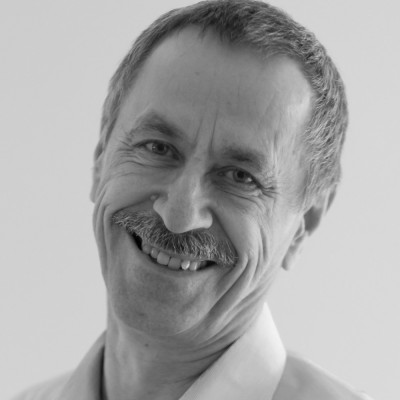 | Andreas Krinke "The White Horse" your heart almost stops, how beautiful! |
 | Tulaya Stunning! |
 | Phil Green PRO Just superb. Catches the wild spirit of these animals magically. Use of light is outstanding |
 | Jorge Ruiz Dueso PRO Enhorabuena, Santiago!!! Una maravilla de reportaje y de fotografías. Un saludo!!!!
Congrats, Santiago!!!! A wonderful report and amazings pics!!!! Greetings!!! |
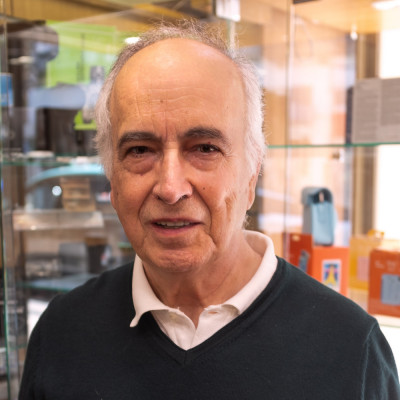 | Jorge Ribeiro Lume PRO So beautiful! A nice interview! |
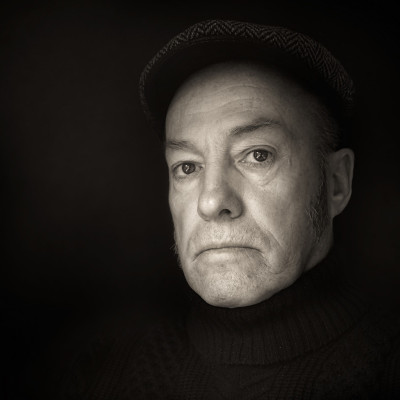 | Santiago Pascual Buye PRO Thank you |
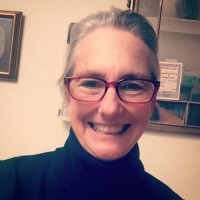 | Robin Wechsler PRO Exquisite! |
 | Santiago Pascual Buye PRO Thanks
|
 | Miro Susta CREW An interesting interview, accompanied by beautiful horses photographs. Thank you Michel and Santiago, and also Yvette. |
 | Yvette Depaepe CREW Thank you, Miro !
|
 | Santiago Pascual Buye PRO Thank you very much, Miro |
 | Michel Romaggi CREW Pleased that you like it, thank you Miro. |
 | Sydney Harter Fascinating background—Such thrilling images! |
 | Santiago Pascual Buye PRO Thank you
|
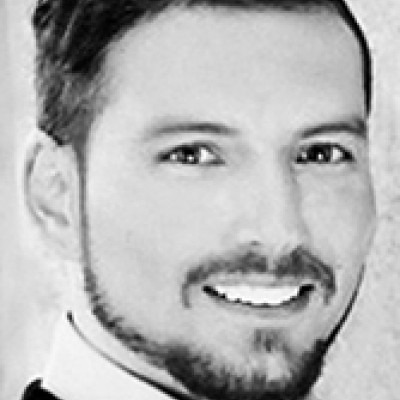 | Vasil Nanev PRO Beautiful, thank you! |
 | Santiago Pascual Buye PRO Thanks
|